
Validating the safety and reliability of ADAS and automated vehicle functionalities requires billions of testing miles, including all possible scenarios under all possible circumstances. This is only feasible if the bulk of the validation work is done virtually, by simulation. Therefor engineers need a comprehensive physics-based platform that allows them to follow a systematic approach.
Using Simcenter™ Prescan™ software, engineers can virtually validate ADAS and automated vehicle functionalities in five straightforward steps. First, they can replicate real-world traffic scenarios within minutes by using elements of the Simcenter Prescan database (with roads, infrastructure components, actors, weather and light sources) via the GUI, or using an API. Then, they can add sensor models. The software can connect to an Ego-vehicle to test the interaction between the vehicle and its surroundings. Next, Simcenter Prescan has an interface for control systems to design and verify algorithms for data processing, sensor fusion, decision making and control. With all of those data, engineers can then run experiments, which can be done on multiple operating systems and hardware platforms. Finally, they can play with parameters for roads, paths, speed profiles, lighting conditions, weather phenomena, sensor configuration, algorithms and more.

ADAS & AV System Simulation
Prove the safety and reliability of autonomous systems by using a leading physics-based simulation platform that allows for robust testing of autonomous vehicle functionality. Simcenter Prescan allows engineers to test, develop, and optimize autonomous systems by following a systematic approach. This will boost the overall systems engineering productivity from early research and development until the final stages of validation, certification, and homologation of autonomous vehicles.
Simcenter Prescan includes ready to use scenario libraries for various ADAS & AV functions and certification tests, combined with an extensive set of sensor models that allow for rapid assessment of every part of the complete full self-driving stack. It is an open environment that follows all the major industry standards and allows for integration with third-party tools and internal enterprise processes. Engineers can easily perform self-driving studies to determine the optimal sensor configuration for vehicles, develop robust driving assistance systems, evaluate the performance of perception, fusion, planning and control algorithms, and prepare for doing validation and certification of autonomous vehicle systems.
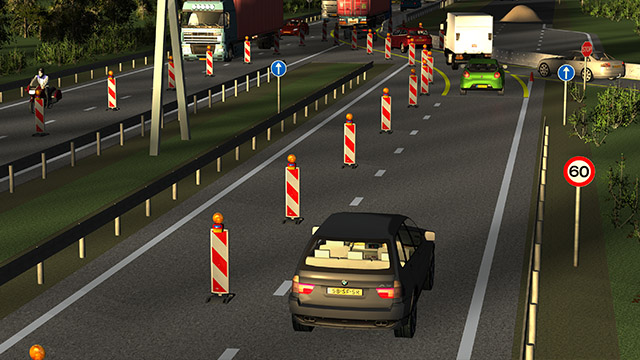
ADAS & AV Systems Validation and Verification
Leverage a set of test scenarios that are compliant with major industry standards. The compatible tests available and their corresponding norm are: ISO test protocol for Adaptive Cruise Control (ACC), Euro NCAP performance tests for Autonomous Emergency Braking System (AEBS), ADAC performance tests for AEBS, ISO test protocol for Lane Departure Warning (LDW), NHTSA test protocol for LDW, Euro NCAP performance tests for Traffic Sign Recognition (TSR), ISO test protocol for Lane Change Assist System (LCAS) and eValue test protocol for LCAS.

Cluster
Run simulations at scale. To prepare automated vehicle functionalities for operation, simply driving millions of highway miles is not sufficient. Instead, the industry needs the ability to stress-test automated driving algorithms, not only under normal conditions, but especially in fringe cases. That is where cluster simulation comes into play. Cluster capabilities in Simcenter Prescan allow engineers to test millions of scenarios while varying simulation parameters like vehicle parameters, weather, sensor parameters and many more.
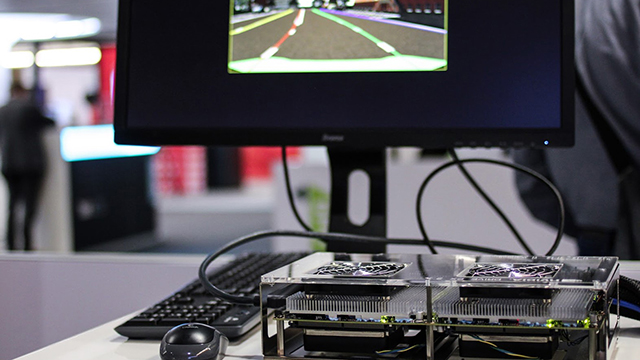
HiL
Design human-machine interface (HMI) systems and subsystems by putting a driver directly in the loop, and more effective verify and validate physical ECU hardware components. Simcenter Prescan can project generated images into a physical camera using a special projection box, or inject them in the physical sensor processing pipeline, allowing engineers to test different levels of the ECU or other device under evaluation. This helps them to rapidly prototype ECU firmware and explore complicated edge-cases in a cost-effective and time-efficient manner.
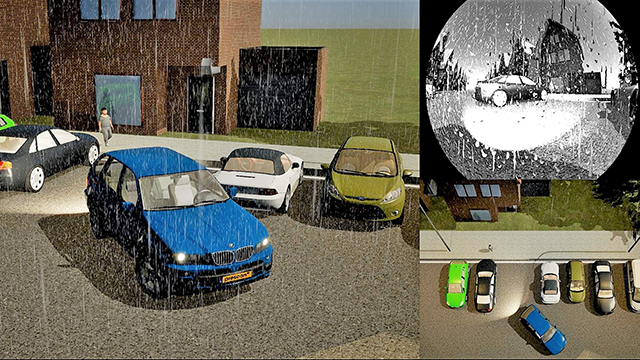
Parameter Variation
Execute the variation of parameters. even from a single PC, which is particularly interesting for R&D and validation of ADAS systems. Simcenter Prescan offers the possibility to access all objects in scenarios via the Data Model API. With this programming interface, engineers can vary parameters in experiments, allowing for example automation and fast iteration.
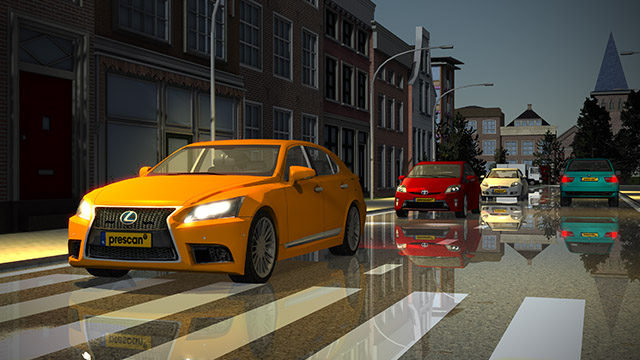
Scenario Generation
Leverage a huge database of roads, infrastructure components, actors, weather, and light sources, and replicate a wide range of test cases, from simple showcase scenarios for validation of sensors, algorithms or even sensor fusion systems, to real-world traffic scenarios, within minutes. That will dramatically speed up verification and validation of self-driving cars. In Simcenter Prescan, engineers can use the GUI to develop scenarios visually and manually or use an API to generate scenarios via programming. Simcenter Prescan also includes import functionalities to help generate realistic representations of roads, traffic behavior and pre-determined scenarios.
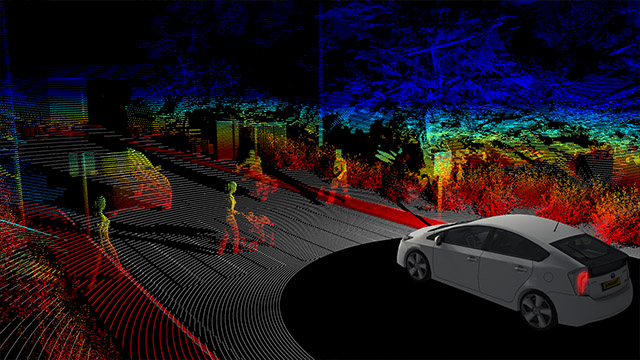
Sensor Simulation
Directly include a wide variety of top-notch sensor models in your simulations during the development of automated vehicles. The Simcenter Prescan sensor portfolio fully supports the development needs of automotive sensor suppliers, R&D applications at OEMs and Tier 1 suppliers, and series development of next-generation automated vehicles. Sensor models can be found in four main categories: ideal or ground truth sensors, probabilistic sensor models, detailed sensor models, and physics-based sensor models.
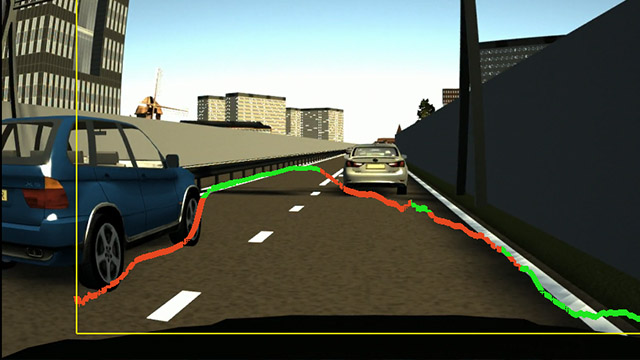
Services
Get scalable help by choosing one of our different types of hands-on training and support packages. Our dedicated engineers help you better understand the different tools and capabilities. Training and support will also increase adoption speed and give engineers in-depth knowledge about how to best apply Simcenter Prescan for their specific use-case. We also offer services for customers that have specific requests beyond the scope of our standard software packages. We closely collaborate with engineering services that have in-depth knowledge of all possible applications for automated vehicles, such as ADAS Hardware-in-the-loop projects, sensor modeling and validation services, and real-life safety benefit assessments (for example for Euro NCAP Advanced).
Summary
Simcenter Prescan software provides a physics-based simulation platform to prototype, test and validate your new advanced driver assistance system (ADAS). In contrast to real-world cir-cumstances, conditions in Simcenter Prescan can always be fully quantified and controlled. Design iterations can be performed in a quick and cost-effective way by simply modifying the system’s parameters and running the simulation again. Therefore, by using Simcenter Prescan you can significantly reduce the amount of work needed to bring an ADAS to the market. Simcenter Prescan delivers robust initial designs in the concept phase, rapid optimization in the development phase and a fast launch in the confirmation phase.
Application fields
◆ Autonomous emergency braking
◆ Adaptive cruise control
◆ Lane keeping assistance
◆ Lane change assistance
◆ Pedestrian detection
◆ Traffic sign recognition
◆ Parking assistance
◆ Connected driving (V2x)
◆ Automated driving
◆ Model-in-the-loop (MiL), software-in-the-loop (SiL), driver-in-the-loop (DiL), hardware-in-the-loop (HiL) and vehicle-in-the-loop (ViL)
Platform for virtual ADAS development
The platform for virtual ADAS develop-ment has advanced sensor simulation, flexible traffic and world modeling, automated execution of Monte Carlo studies and test automation programs.Simcenter Prescan is fully open to third-party interfaces and supports industry standards like OpenDRIVE and OpenSCENARIO. For test automation, Siemens offers a verification and valida-tion framework that can accommodate large-scale simulations, which includes Simcenter Prescan for simulation, Polarion™ software for Automotive for requirements management and HEEDS™ software for test orchestration. Third-party test automation can also be used.
Automated driving
Automated driving features include sensor fusion for cameras, radar, lidar (light detection and ranging), V2x, radio, map data, intelligent traffic and combining HIL and real-world testing.
Connected driving
Connected driving includes virtual design of connected vehicle systems and dedicated short range communica-tions (DSRC) antenna models with message sets, such as the SAE J2735 and European Telecommunications Standards Institute (ETSI) standards, and HIL testing of radio units and appli-cation electronic control units (ECUs).
Protocol testing
Protocol testing features standard scenario databases for: European New Car Assessment Program (NCAP), National Highway Traffic Administration (NHTSA), International Organization for Standardization (ISO), United Nations Economic Commission for Europe (UNECE) and General German Automobile Association (ADAC).
Real-world testing
Real-world testing has night driving with realistic light sources and reflection models, and adverse weather with varying intensities of fog, rain and snow.
Hardware-in-the-loop
HiL includes real-time ECU testing for ADAS and automated driving, and evaluation of the ECU system with synthetic sensor signals.
Driver-in-the-Loop
DiL has driving simulators for ADAS and human machine interface (HMI), and real-time sensor simulation with flexible scenario definitions.
Automated scenario creation from test drive data
The automated scenario creation from test drive data includes automated conversion of IBEO Automotive Systems laser scanner data to Simcenter Prescan scenarios, and automated creation of Simcenter Prescan scenarios from your labeled test drive data.
Benefits
◆ Provides a physics-based simulation platform for ADAS and automated driving
◆ Delivers fully quantified and controlled testing conditions
◆ Enables user to perform design iterations quickly and cost effectively
◆ Reduces amount of work required to bring an ADAS and automated driving system to market


